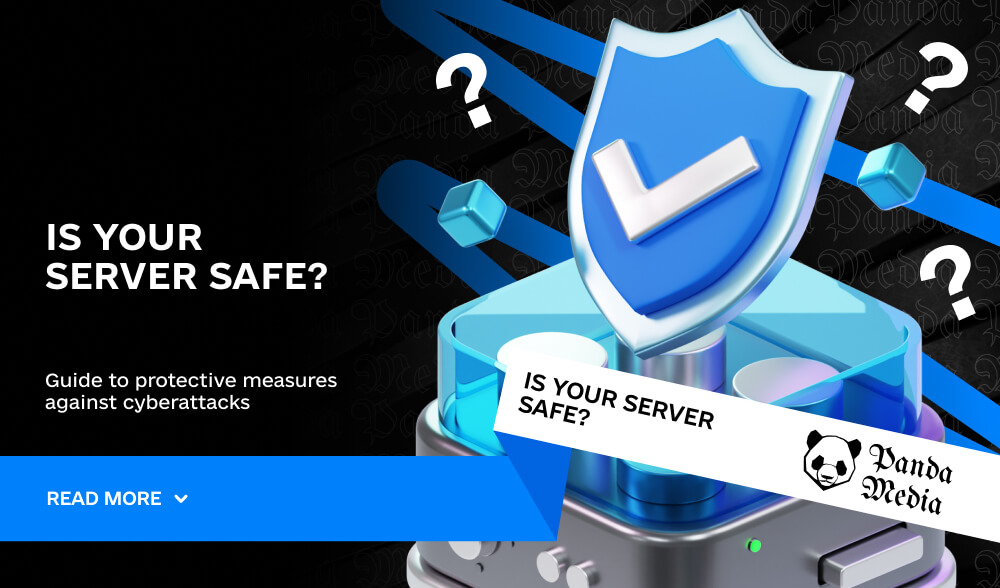Don't miss interesting news

Many arbitrageurs and owners of profitable utilities and applications choose to store data on rented servers, which is really convenient. However, this approach carries a significant drawback – vulnerability to attacks.
If the server is compromised, you may face the threat of losing access to all information, which negatively affects financial performance and reduces motivation.
That is why we have prepared a detailed guide that will help you protect your server from cyber attacks and avoid undesirable consequences.
In most cases, hackers do not attack you specifically. Most often, their targets are team or product owners, or those who have become someone’s competitor. But regardless of what data is on the server and who owns it, it can still be subject to a hacking attempt.
The most likely scenario is an automated hacking with the help of specialized programs that look for security vulnerabilities.
Many arbitrageurs store passwords and access to tools, supplies, and offices on remote servers. If such a server is hacked, you risk losing control over your campaigns and supplies.
This type of attack is widespread, and its essence is to brute force a huge number of possible passwords.
However, there are methods that make the job of attackers much more difficult:
It is important to note that even the longest password without these security features cannot completely prevent a brute-force attack.
A DDoS attack, also known as a denial-of-service attack, can paralyze almost any server. However, to prevent such a threat, it is enough to set up a barrier between the server and the network. CloudFlare and MediaGet are great solutions for this.
Below are additional recommendations to help protect your servers from unauthorized intrusion:
Regardless of the cost and level of server protection, none of them is 100% safe from hacking. However, basic security measures make the work of attackers much more difficult. Don’t ignore them so you don’t regret it later.